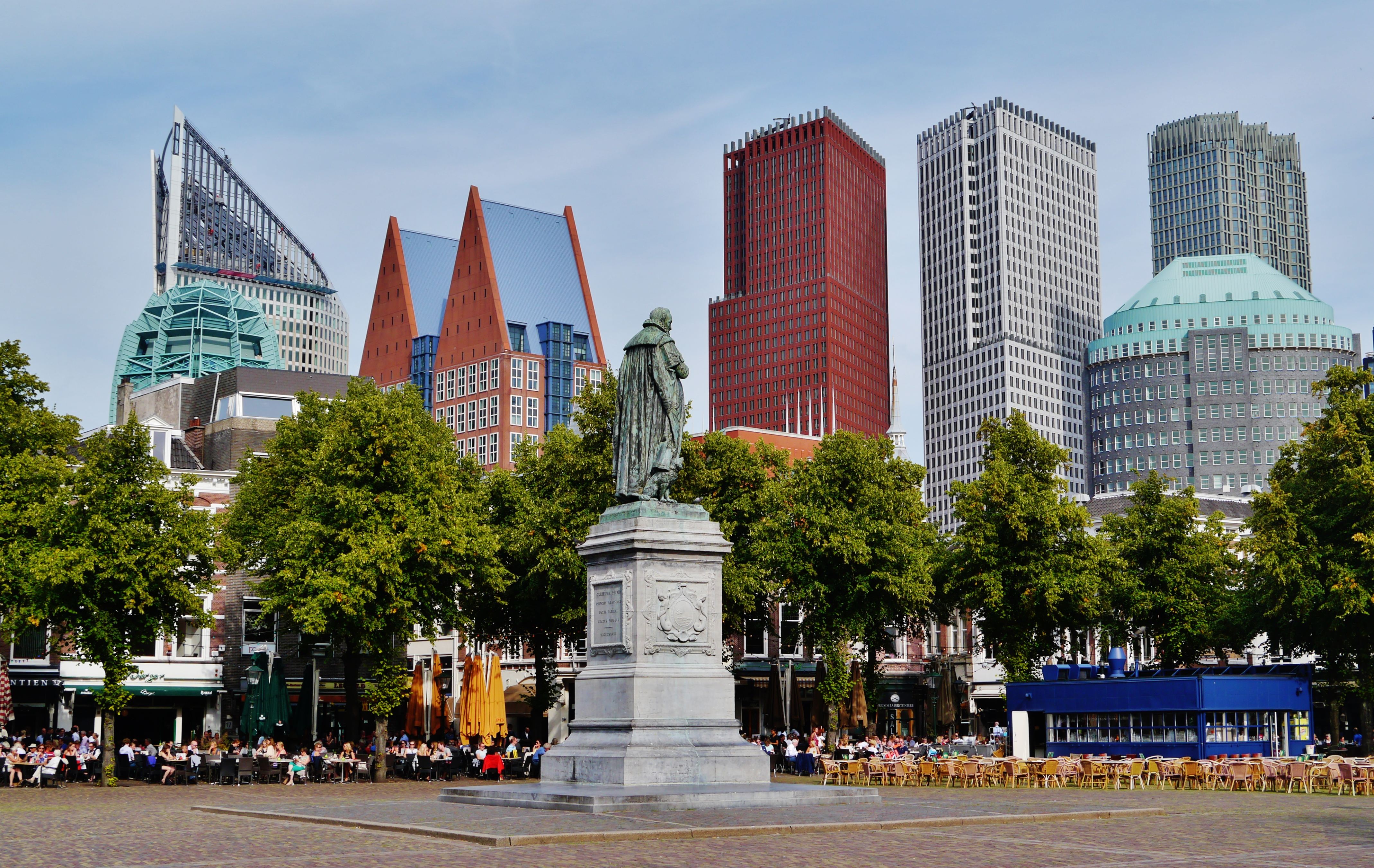Effective Focal Length Calculator

- Small numbers (like 24mm) = wide view, good for landscapes
- Medium numbers (like 50mm) = normal view, like human eye
- Big numbers (like 200mm) = zoomed in, good for far away things
- Full Frame cameras = 1x (no crop)
- Most mirrorless/DSLR cameras = 1.5x or 1.6x
- Micro Four Thirds = 2x
Results
- Small numbers (like 24mm) = wide view, good for landscapes
- Medium numbers (like 50mm) = normal view, like human eye
- Big numbers (like 200mm) = zoomed in, good for far away things
- Full Frame cameras = 1x (no crop)
- Most mirrorless/DSLR cameras = 1.5x or 1.6x
- Micro Four Thirds = 2x
Results
Photography Basics: Understanding Your Camera Lens
What is Focal Length?
Think of focal length like your camera's "zoom level." It's measured in millimeters (mm), and it tells you how wide or zoomed-in your photo will be:
- Small numbers (like 24mm) = Very wide view, like what you'd use to photograph a large building or a landscape
- Medium numbers (like 50mm) = Natural view, similar to what your eyes see
- Large numbers (like 200mm) = Zoomed in view, perfect for wildlife or sports photography
(For the technically curious: focal length is the distance between your camera's sensor and the optical center of the lens when focused at infinity.)
What is Crop Factor?
Different cameras have different-sized sensors (the digital equivalent of film). Crop factor tells you how your camera's sensor size affects your photos compared to a traditional full-frame camera:
- Full-frame cameras (crop factor = 1.0x): These are like traditional 35mm film cameras - what you see is what you get
- Most consumer cameras (crop factor = 1.5x or 1.6x): These include many popular Canon, Nikon, and Sony cameras. They make your lens appear more zoomed in
- Micro Four Thirds cameras (crop factor = 2.0x): These cameras, like Olympus and Panasonic, make your lens appear twice as zoomed in
Think of crop factor like a digital zoom - it makes everything appear closer without actually changing your lens.
What is Effective Focal Length?
Effective focal length helps you understand how your photos will actually look based on both your lens and your camera's sensor size. It's simple:
The Simple Way: Multiply your lens number by your camera's crop factor
Real-World Example: If you're using a 50mm lens on a typical
consumer camera (1.5x crop):
50mm × 1.5 = 75mm effective focal length
This means your photos will look like they were taken with a 75mm lens
on a full-frame camera!
What is Field of View (FOV)?
Field of view is simply how much of the scene your camera can see - like how much you can see through a window. A bigger window (wider field of view) lets you see more of the scene.
Remember:
- Longer focal length = narrower field of view (like looking through a telescope)
- Shorter focal length = wider field of view (like looking through a big window)
- Larger crop factor = narrower field of view (like zooming in digitally)